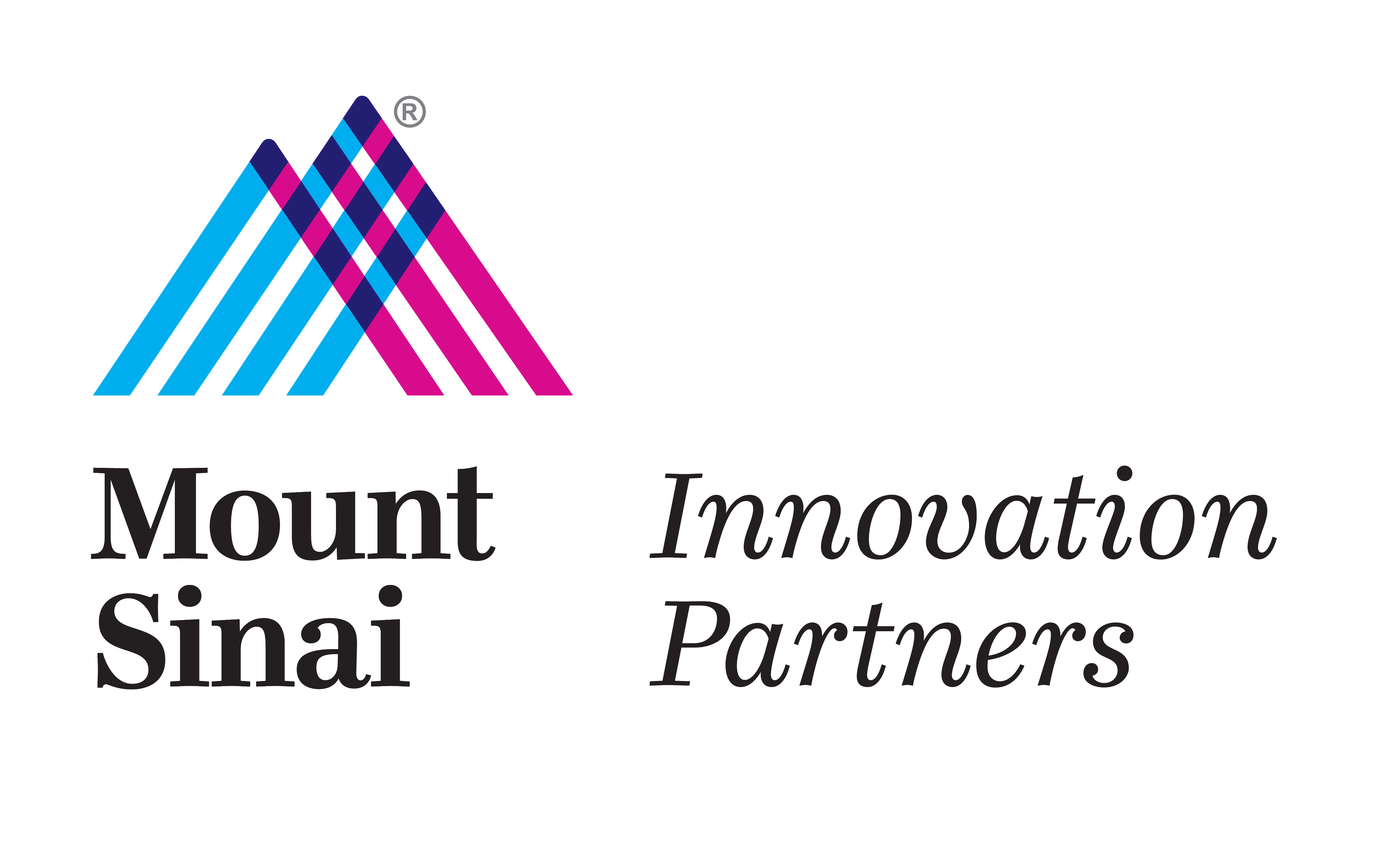NOVEL THERAPY FOR TREATMENT OF HEMOGLOBINOPATHIES (BETA-THALASSEMIA AND SICKLE CELL DISEASE)
April 24, 2014Thalassemias are the result of the most common single gene genetic disorder worldwide, affecting 30 out of every 1000 people. Spanning from mild to life-threatening manifestations due to its autosomal recessive genetic inheritance, beta-thalassemia is caused by mutations in the y-globin gene. This can develop into decreased or complete loss of beta-globin expression. As a treatment of this disorder, increased levels of y-globin are pharmacologically induced to effectively compensate the absence of beta-globin chains. However, current treatments need to be improved, since they do not have the same positive outcome in all patients, as well as presenting several toxicity issues.
Dr. Bieker and colleagues have established a novel therapy to treat hemoglobinopathies with the development of embedded chimeric peptide nucleic acids (ecPNA). The use of the ecPNA allows improved cell/nuclear delivery, specific targeting of the y-globin promoter gene and reactivation of y-globin in human cells. Using two amino acid motifs in the final molecule allows efficient delivery to the cell nucleus and also specific transcriptional reactivation of the target. The nature of this molecule can be applied to a broad spectrum of conditions besides thalassemias and the rest hemoglobinopathies as well as other therapies that might require a directed action upon any promoter region of interest. Such is the case of patient-specific treatments to reprogram cells from human blood to treat diseases originating from somatic mutations that are restricted to cells of the hematopoietic lineage.
Current Development Status
- Reactivation of y-globin expression by targeting its human fetal promoter in adult transgenic mouse bone marrow and in human primary peripheral blood cells
Applications
- Treatment for beta-thalassemia, sickle cell disease and other hemoglobinopathies
- Generation of induced pluripotent stem (iPS) cells
- Possible application to treat any somatic disease that requires induction/regulation of specific promoter
Advantages
- Patient-specific treatments
- Less toxicity compared to current methods
- The design of the ecPNAs can target any gene promoter, thus broadening the potential applications
Publications
- Joy Chen et al., “Design of embedded chimeric peptide nucleic acids that efficiently enter and accurately reactivate gene expression in vivo,” PNAS, vol. 107, no. 3, 16846 16851, doi: 10.1073/pnas.0912896107
Patent Status
- International Application PCT/US2011/025128 filed February 16, 2011
- Status: Published. International Publication No. WO 2011/103215
- US Utility Application 13/585,554 filed August 14, 2012
- Status: Issued. US Patent No. 8,927,502
Contact Information
Alan Belicha, PhD
Business Development Analyst
Mount Sinai Innovation Partners | Icahn School of Medicine at Mount Sinai
Phone: 646.605.7306

